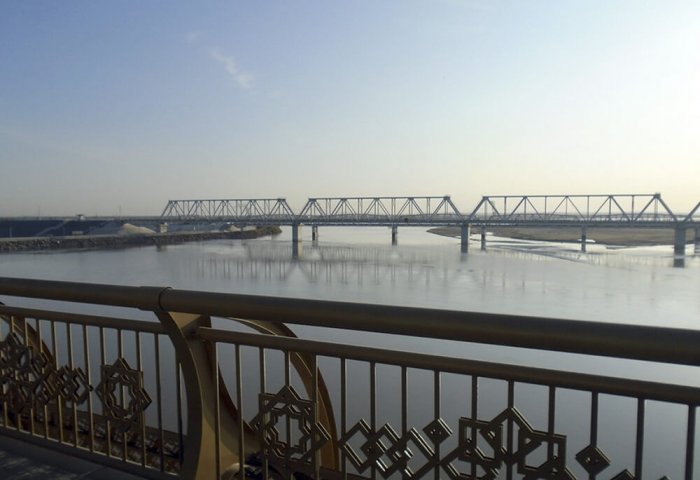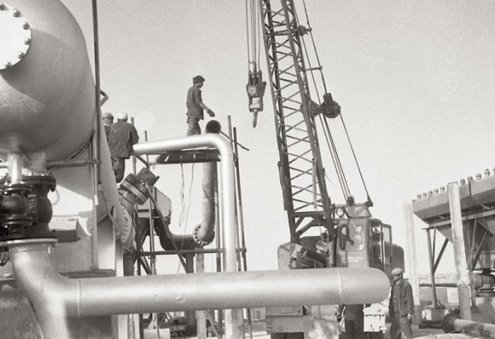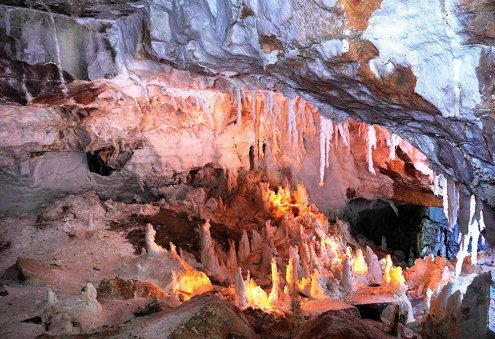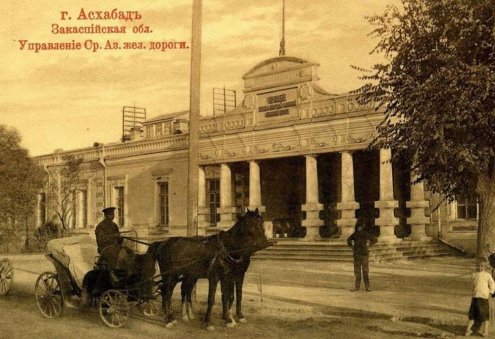Turkmenistan, which closely cooperates with its neighbors and international structures to ensure energy security and effective management of water resources in the region, prioritizes energy and water issues in the state policy and diplomacy. An illustrative example of such cooperation is the country’s participation in the European Union project “Central Asian Dialogue to promote intersectoral Water-Energy-Food Financing” (WEP Nexus) implemented by the Central Asia Regional Economic Cooperation (CAREC). It is part of the global Nexus Dialogue Program, which is being organized in five regions of the world with financial support from the European Union (EU) and the German Federal Ministry for Economic Cooperation and Development (BMZ).
Within the framework of the second phase of the Nexus Regional Dialogues Programme Phase II (2020-2023), a small-scale demonstration project "Tuyamuyun Hydroelectric Complex" is expected to be implemented jointly by Turkmenistan and Uzbekistan via the Technical Working Group. This group includes authorized representatives of relevant ministries and departments of Turkmenistan and Uzbekistan, and Tuyamuyun Hydroelectric Complex (THC).
The project is aimed at finding technical solutions and investment opportunities to address the issue of intensive siltation of the Ruslovoe Reservoir at the THC, which is of great importance for the countries of the lower stream of the Amu
Darya River. The hydroelectric complex provides drinking water and electricity to the neighboring regions of Turkmenistan and Uzbekistan, seasonal regulation of the volume of water to supply the necessary resources to agricultural farms for growing melons, guards and other, as well as to fish farms.
Experts believe that the demonstration project will further strengthen and expand transboundary water cooperation between Turkmenistan and Uzbekistan. Innovative bottom sediment treatment and disposal solutions are expected to reduce costs for the agricultural sector in both countries and benefit local communities.
As noted on the website of the CAREC, the project is being implemented at the transboundary facility of THC from February 2021 to December 2022 with the political support of the Ministry of Water Resources of Uzbekistan and the State Committee for Water Resources of Turkmenistan, and the technical support of the project “Laboratory of Innovative Solutions for the Water Sector of Central Asia” under the Central Asia Water and Energy Program (CAWEP). CAWEP is a partnership between the World Bank, the European Union, Switzerland (through SECO) and the United Kingdom (through DFID) to strengthen the enabling environment to promote energy and water security at regional level and in the beneficiary countries.
In July, the working group of experts held their second online meeting to discuss the results achieved during the last quarter of implementation of the demo project at THC. the working group discussed the outline of the holistic assessment of the facility and nearby areas (Dashoguz province of Turkmenistan, Republic of Karakalpakstan and Khorezm province of Uzbekistan), assessment of climate vulnerability and risks of THC, and assessment of the volume of siltation of the Ruslovoe Reservoir at THC developed by international and national experts. The members of the working group provided their add-ons and recommendations to the preliminary results of the work done, and approved the work plan for the rest of 2021.
Ogulgozel Rejepova
This article was originally published in Turkmenistan’s Golden Age news outlet on 01.08.2021.









30635-90x604.jpg)




30625-90x604.jpeg)
_(1)30624-90x604.jpg)


